In the realm of eternal ice
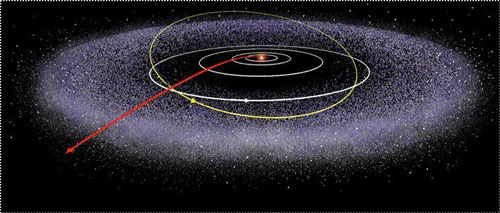 Celestial bodies made up of frozen water orbit not only at the outer limits of our solar system but also further inside.
Celestial bodies made up of frozen water orbit not only at the outer limits of our solar system but also further inside.
Apr 22nd, 2015
Read more
 Subscribe to our Space Exploration News feed
Subscribe to our Space Exploration News feed
 Celestial bodies made up of frozen water orbit not only at the outer limits of our solar system but also further inside.
Celestial bodies made up of frozen water orbit not only at the outer limits of our solar system but also further inside.
Apr 22nd, 2015
Read more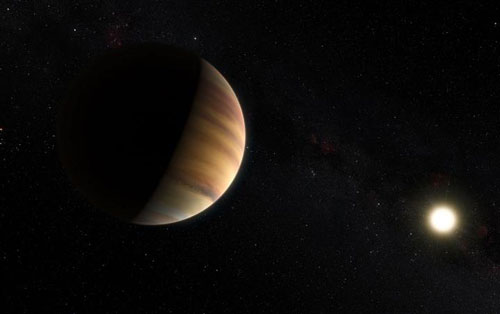 New technique paints promising picture for future.
New technique paints promising picture for future.
Apr 22nd, 2015
Read more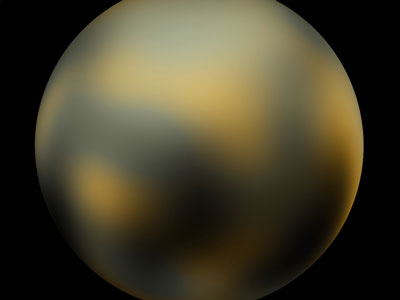 The celestial body seems to be Ceres' big brother and will soon receive a visit from a space probe.
The celestial body seems to be Ceres' big brother and will soon receive a visit from a space probe.
Apr 22nd, 2015
Read more Comets eject gas and dust into space. Primarily, this takes place on the areas of the comet's surface exposed to direct sunlight. In mid-March, from a distance of 75 kilometres, the Optical, Spectroscopic, and Infrared Remote Imaging System (OSIRIS) on board the Rosetta orbiter acquired images of an extraordinary phenomenon occurring on Comet 67P/Churyumov-Gerasimenko. A new dust jet - its origins currently unknown - was suddenly released from the shadowed side.
Comets eject gas and dust into space. Primarily, this takes place on the areas of the comet's surface exposed to direct sunlight. In mid-March, from a distance of 75 kilometres, the Optical, Spectroscopic, and Infrared Remote Imaging System (OSIRIS) on board the Rosetta orbiter acquired images of an extraordinary phenomenon occurring on Comet 67P/Churyumov-Gerasimenko. A new dust jet - its origins currently unknown - was suddenly released from the shadowed side.
Apr 21st, 2015
Read more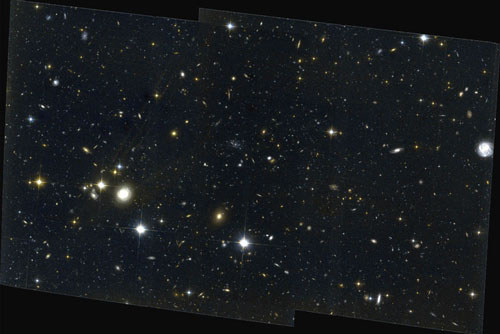 Astronomers are tracking velocity structures and gaseous metallicities in galaxies in two protoclusters located in the direction of the constellation Serpens. The clusters appear as they would have looked 11 billion years ago, and the team concluded that they are in the process of cluster formation that has led to present-day galaxy clusters.
Astronomers are tracking velocity structures and gaseous metallicities in galaxies in two protoclusters located in the direction of the constellation Serpens. The clusters appear as they would have looked 11 billion years ago, and the team concluded that they are in the process of cluster formation that has led to present-day galaxy clusters.
Apr 21st, 2015
Read more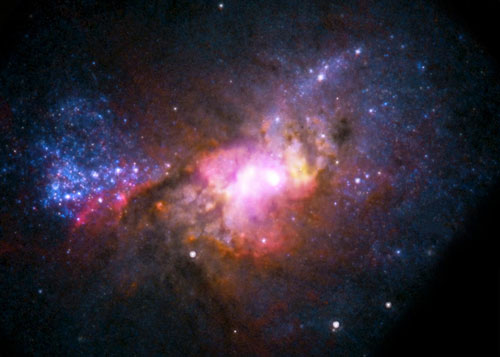 Astrophysicists have not only proven that a supermassive black hole exists in a place where it isn't supposed to be, but in doing so have opened a new door to what things were like in the early universe.
Astrophysicists have not only proven that a supermassive black hole exists in a place where it isn't supposed to be, but in doing so have opened a new door to what things were like in the early universe.
Apr 20th, 2015
Read more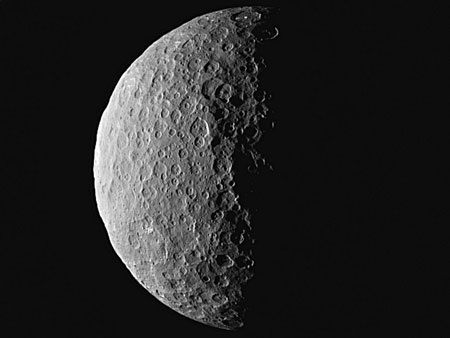 After an intermission of five weeks, the Dawn space probe is once again sending images of the dwarf planet back to Earth.
After an intermission of five weeks, the Dawn space probe is once again sending images of the dwarf planet back to Earth.
Apr 20th, 2015
Read moreAs two galaxies enter the final stages of merging, scientists have theorized that the galaxies' supermassive black holes will form a 'binary', or two black holes in such close orbit they are gravitationally bound to one another. In a new study, astronomers present direct evidence of a pulsing quasar, which may substantiate the existence of black hole binaries.
Apr 20th, 2015
Read more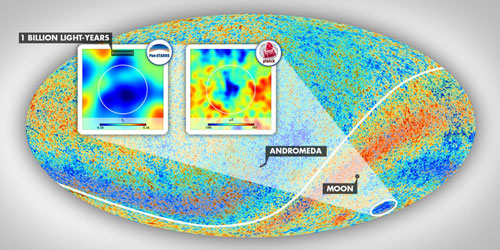 Astronomers discover what might be the largest known structure in the universe that leaves its imprint on cosmic microwave background radiation.
Astronomers discover what might be the largest known structure in the universe that leaves its imprint on cosmic microwave background radiation.
Apr 20th, 2015
Read more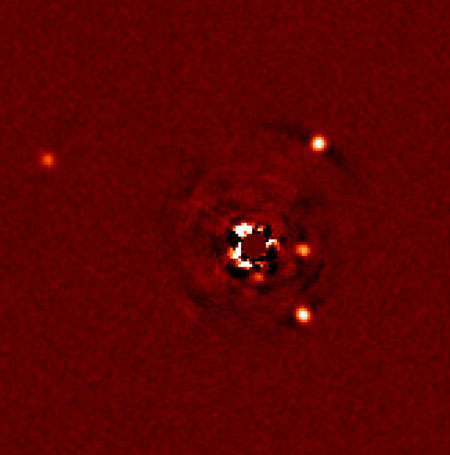 Taking advantage of the unprecedented sensitivity of the Large Binocular Telescope in southeastern Arizona, an international team of astronomers has obtained the first results from the LEECH exoplanets survey.
Taking advantage of the unprecedented sensitivity of the Large Binocular Telescope in southeastern Arizona, an international team of astronomers has obtained the first results from the LEECH exoplanets survey.
Apr 20th, 2015
Read more An international team of scientists have put forward a blueprint for a purely space-based system to solve the growing problem of space debris.
An international team of scientists have put forward a blueprint for a purely space-based system to solve the growing problem of space debris.
Apr 17th, 2015
Read more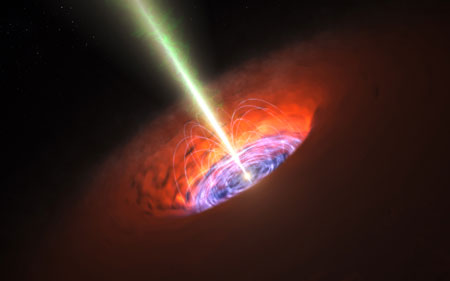 Astronomers have used the giant telescope Alma to reveal an extremely powerful magnetic field very close to a supermassive black hole in a distant galaxy.
Astronomers have used the giant telescope Alma to reveal an extremely powerful magnetic field very close to a supermassive black hole in a distant galaxy.
Apr 16th, 2015
Read more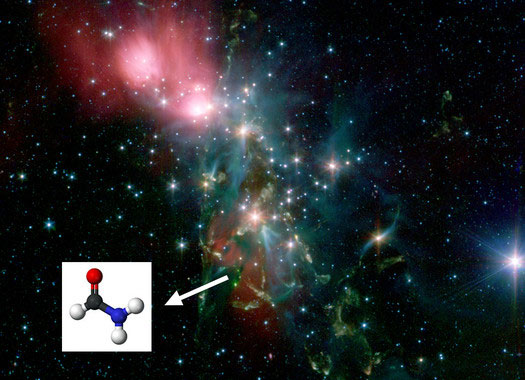 Complex organic molecules such as formamide, from which sugars, amino acids and even nucleic acids essential for life can be made, already appear in the regions where stars similar to our Sun are born. Astrophysicists have detected this biomolecule in five protostellar clouds and propose that it forms on tiny dust grains.
Complex organic molecules such as formamide, from which sugars, amino acids and even nucleic acids essential for life can be made, already appear in the regions where stars similar to our Sun are born. Astrophysicists have detected this biomolecule in five protostellar clouds and propose that it forms on tiny dust grains.
Apr 16th, 2015
Read more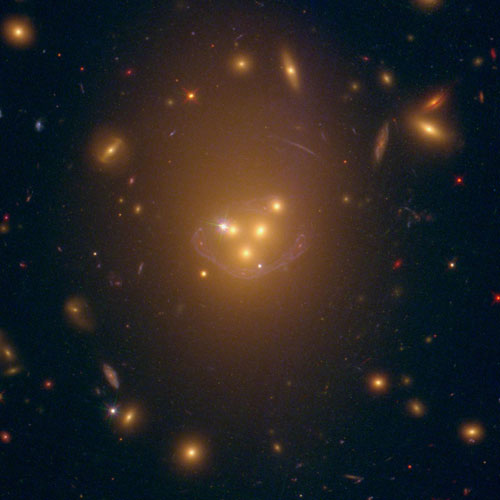 Astronomers believe they might have observed the first potential signs of dark matter interacting with a force other than gravity.
Astronomers believe they might have observed the first potential signs of dark matter interacting with a force other than gravity.
Apr 15th, 2015
Read more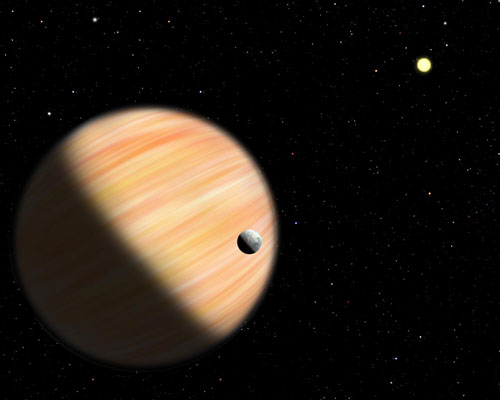 NASA's Spitzer Space Telescope has teamed up with a telescope on the ground to find a remote gas planet about 13,000 light-years away, making it one of the most distant planets known.
NASA's Spitzer Space Telescope has teamed up with a telescope on the ground to find a remote gas planet about 13,000 light-years away, making it one of the most distant planets known.
Apr 15th, 2015
Read more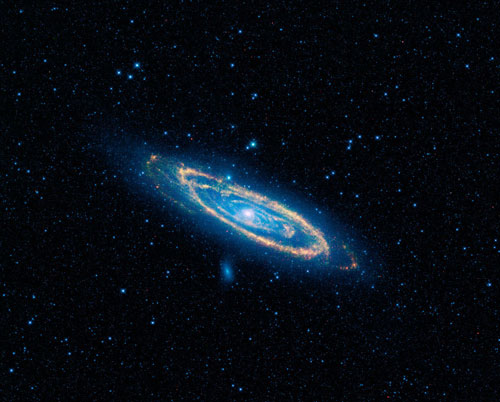 After searching 100,000 galaxies for signs of highly advanced life, a team of scientists using observations from NASA's WISE satellite has found no evidence of advanced civilizations there. The idea behind the research is that, if an entire galaxy had been colonized by an advanced spacefaring civilization, the energy produced by that civilization's technologies would be detectable in mid-infrared wavelengths.
After searching 100,000 galaxies for signs of highly advanced life, a team of scientists using observations from NASA's WISE satellite has found no evidence of advanced civilizations there. The idea behind the research is that, if an entire galaxy had been colonized by an advanced spacefaring civilization, the energy produced by that civilization's technologies would be detectable in mid-infrared wavelengths.
Apr 14th, 2015
Read more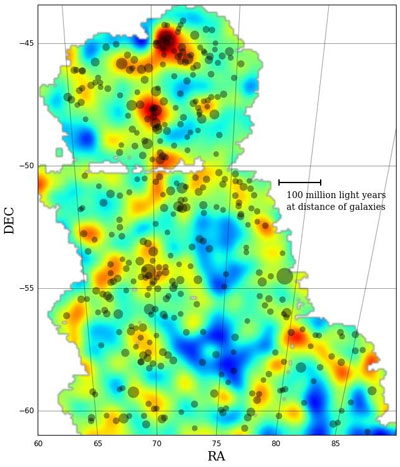 Analysis will help scientists understand the role that dark matter plays in galaxy formation.
Analysis will help scientists understand the role that dark matter plays in galaxy formation.
Apr 14th, 2015
Read more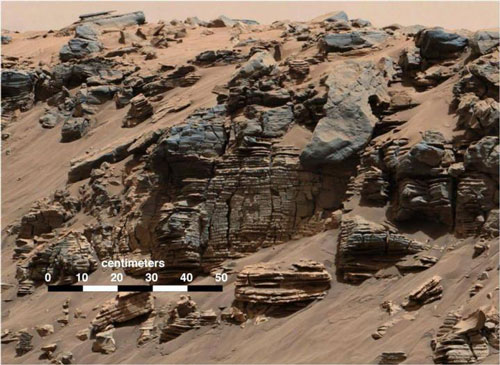 Researchers have long known that there is water in the form of ice on Mars. Now, new research from NASA's Mars rover Curiosity shows that it is possible that there is liquid water close to the surface of Mars. The explanation is that the substance perchlorate has been found in the soil, which lowers the freezing point so the water does not freeze into ice, but is liquid and present in very salty salt water - a brine.
Researchers have long known that there is water in the form of ice on Mars. Now, new research from NASA's Mars rover Curiosity shows that it is possible that there is liquid water close to the surface of Mars. The explanation is that the substance perchlorate has been found in the soil, which lowers the freezing point so the water does not freeze into ice, but is liquid and present in very salty salt water - a brine.
Apr 13th, 2015
Read more